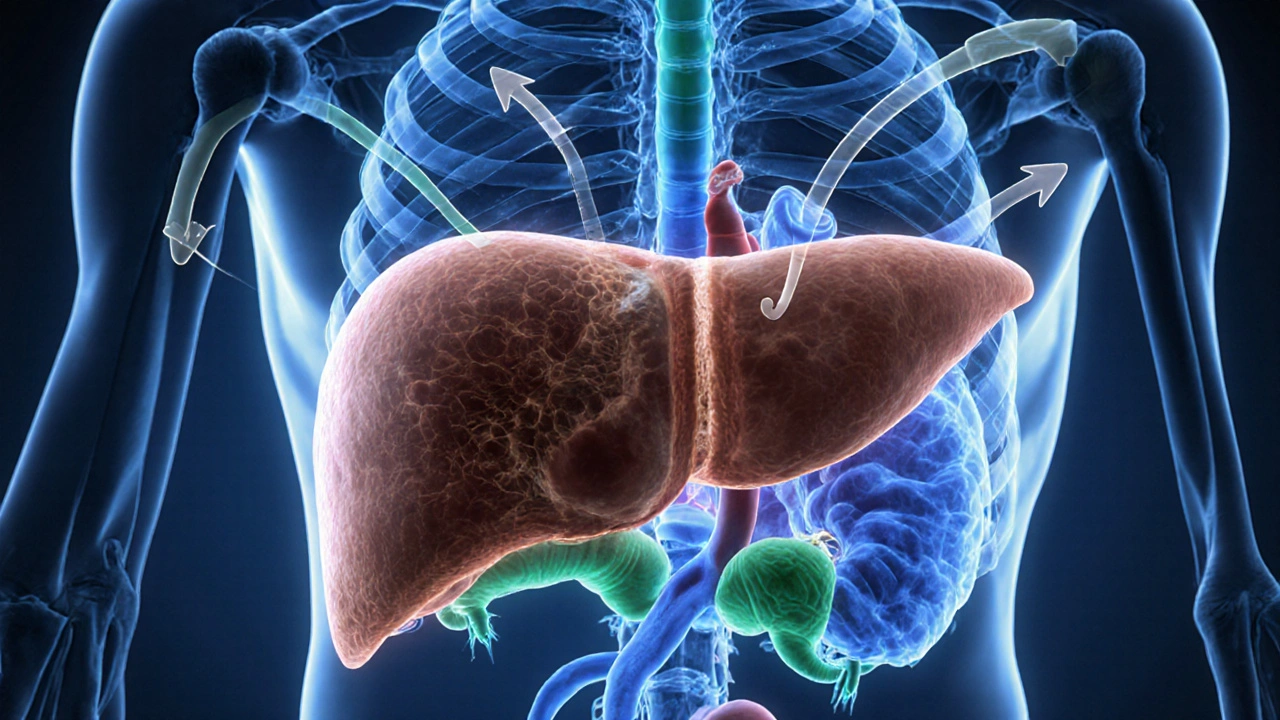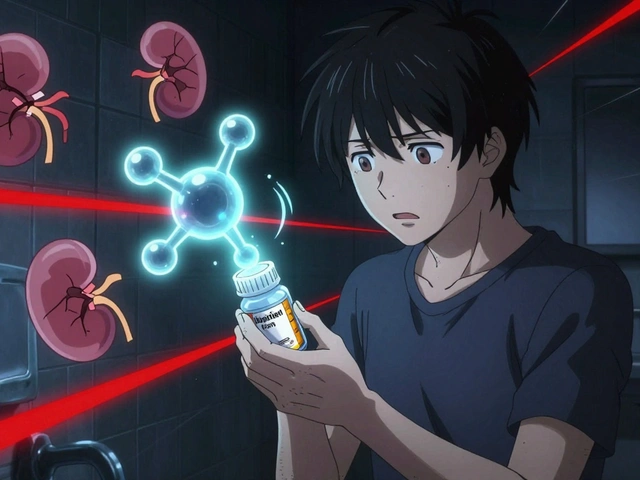Hormone Imbalance: What It Means and How to Fix It
When dealing with hormone imbalance, a state where the body's chemical messengers are out of sync, causing fatigue, mood swings, weight changes and more, you’re basically facing a signal‑mix‑up inside your body. This condition shows up in many forms, from subtle cravings to full‑blown health crises. Understanding the root causes helps you stop guessing and start acting.
The endocrine system, the network of glands that secrete hormones into the bloodstream is the command center behind every hormone you produce. When this system falters, the ripple effect hits metabolism, mood, sleep and reproduction. Think of it as a thermostat that’s broken – if the temperature reading is wrong, the heater or AC never knows what to do. That’s why a solid endocrine check‑up (blood panels, saliva tests, sometimes imaging) becomes the first step toward restoring balance.
One of the most common culprits inside the endocrine system is thyroid disorders, conditions where the thyroid either produces too much (hyperthyroidism) or too little (hypothyroidism) hormone. The thyroid controls basal metabolic rate, heart rhythm and energy levels. Even a mild shift can masquerade as anxiety, weight gain, or brain fog, all classic signs of hormone imbalance. Treating thyroid issues with tailored medication or natural protocols often clears up a cascade of related symptoms.
Another frequent player is insulin resistance, the reduced ability of cells to respond to insulin, leading to higher blood sugar and excess insulin. High insulin levels act like a stress hormone, telling the body to store fat and disrupt other hormonal pathways, especially estrogen and cortisol. Lifestyle tweaks – low‑glycemic foods, regular movement, adequate sleep – can reset insulin sensitivity and, in turn, calm the wider hormonal chaos.
Stress hormones, particularly cortisol, add fuel to the fire. Chronic stress keeps cortisol elevated, which suppresses thyroid function, spikes insulin, and throws off sex hormones. Simple habits such as mindful breathing, short walks, or a consistent bedtime routine can lower cortisol enough to let the endocrine system breathe.
Putting these pieces together, you see a clear semantic chain: hormone imbalance encompasses thyroid disorders, requires endocrine testing, and is heavily influenced by insulin resistance and cortisol stress. Addressing any one of these nodes often improves the whole network. The next step is to match your specific symptoms with the right test or lifestyle tweak, then follow a targeted plan – whether that means a prescription, a supplement, or a habit change.
What to Expect From the Articles Below
Below you’ll find a curated set of articles that dive deeper into each of these connections. From real‑world guides on buying cheap generic meds safely, to comparisons of iron supplements and antibiotics, the collection covers practical tools you can use right now. Whether you’re looking for a quick overview of thyroid testing or a step‑by‑step plan to lower insulin spikes, the posts serve as a toolbox for tackling hormone imbalance head‑on.
Scroll down to explore each resource and start building a personalized roadmap to hormonal health.

Liver Failure & Endocrine System: Essential Facts & Hormone Impacts
Learn how liver failure disrupts insulin, thyroid, sex hormones and cortisol, recognize symptoms, and manage hormonal imbalances for better health.
Continue Reading



